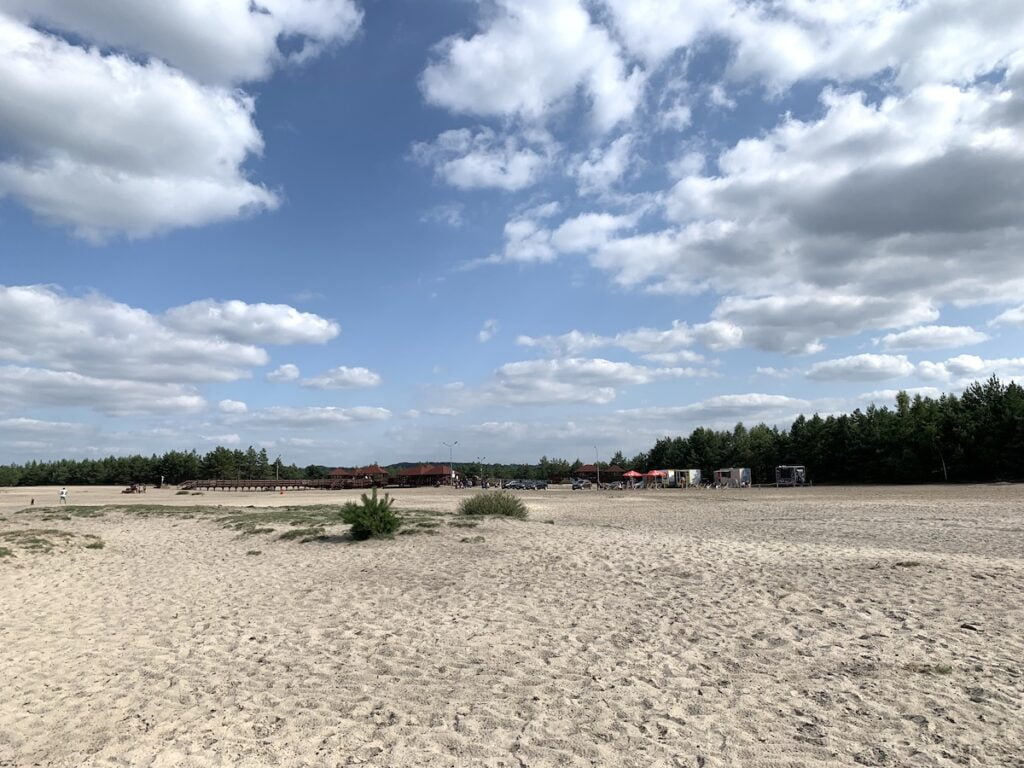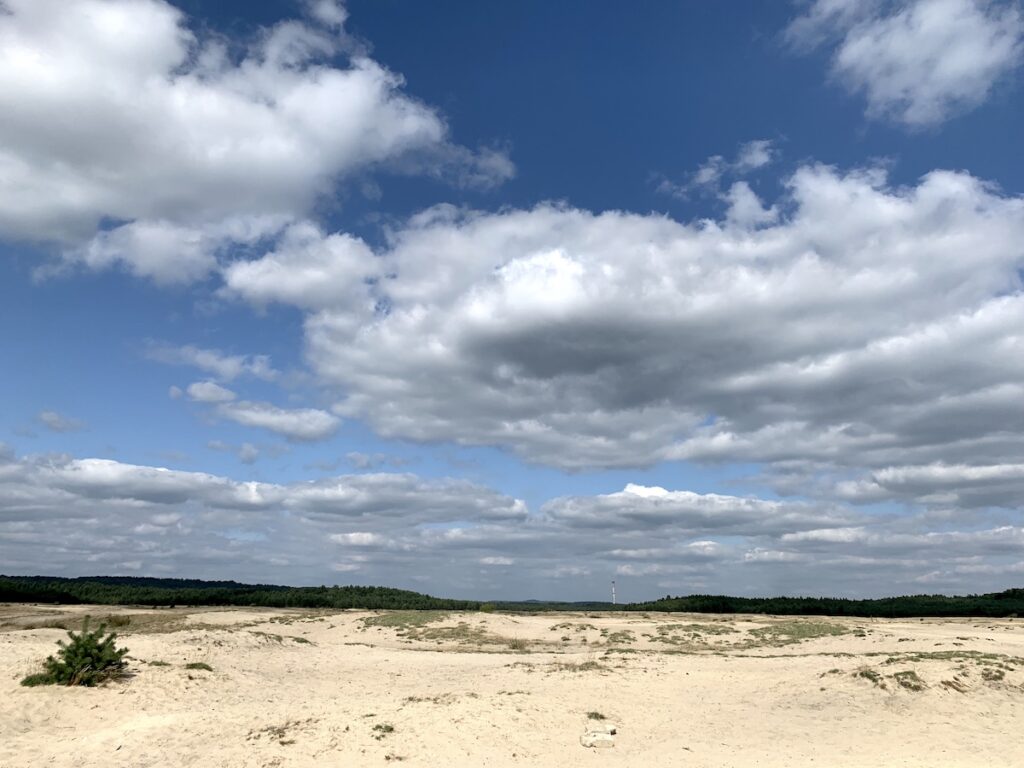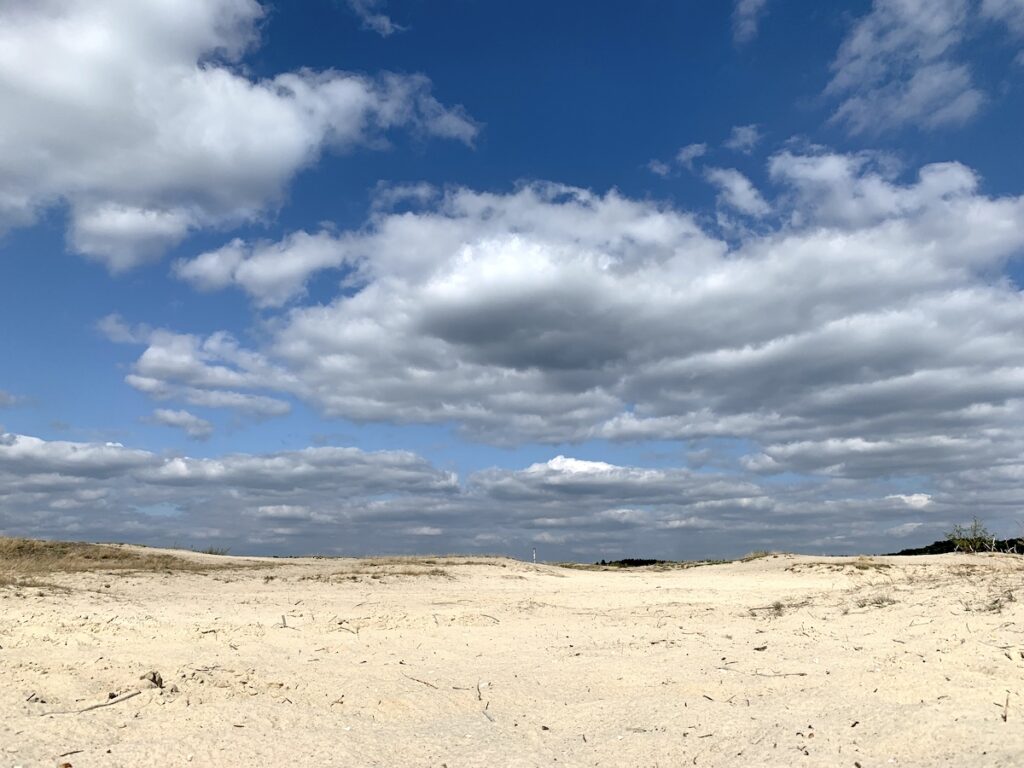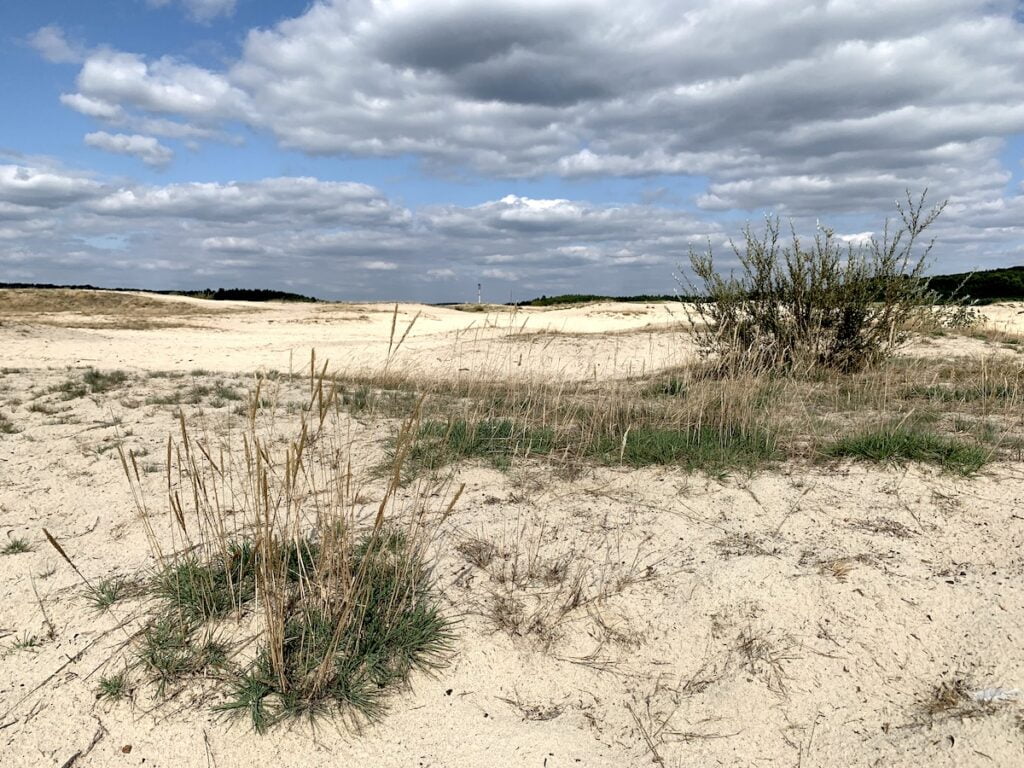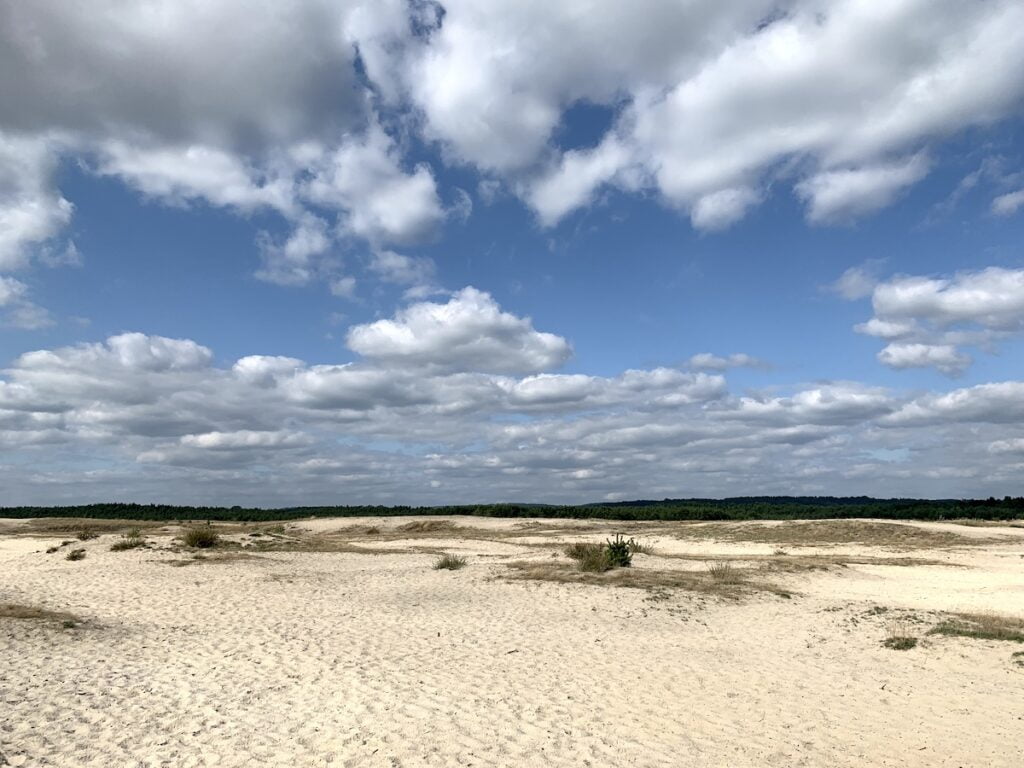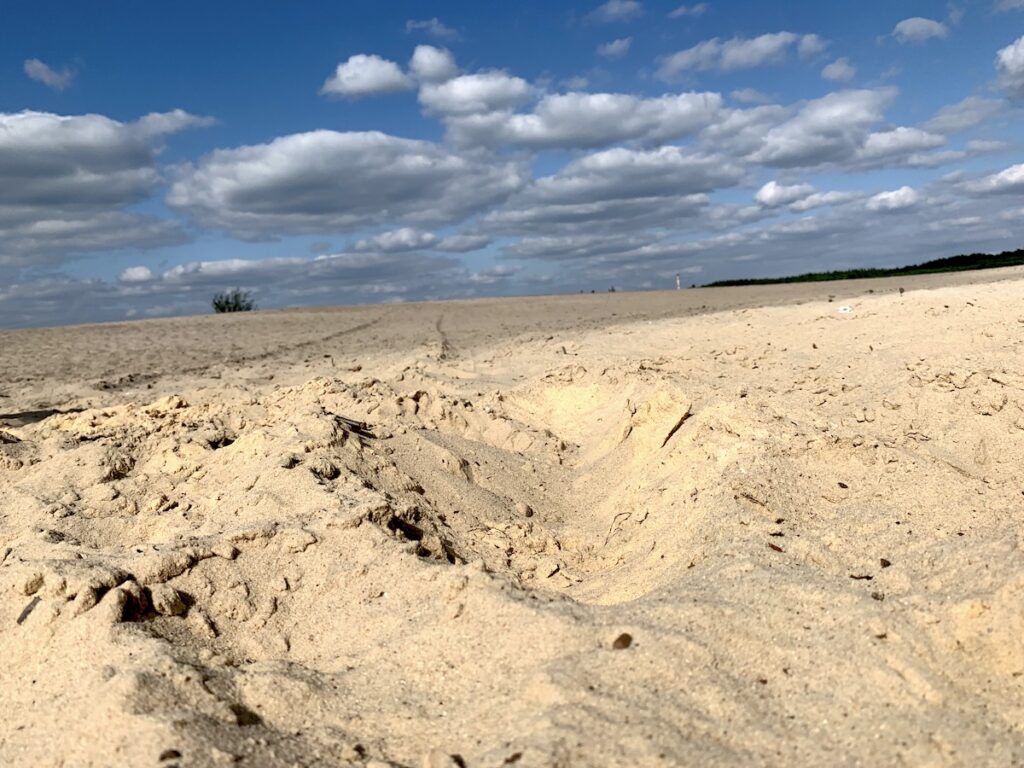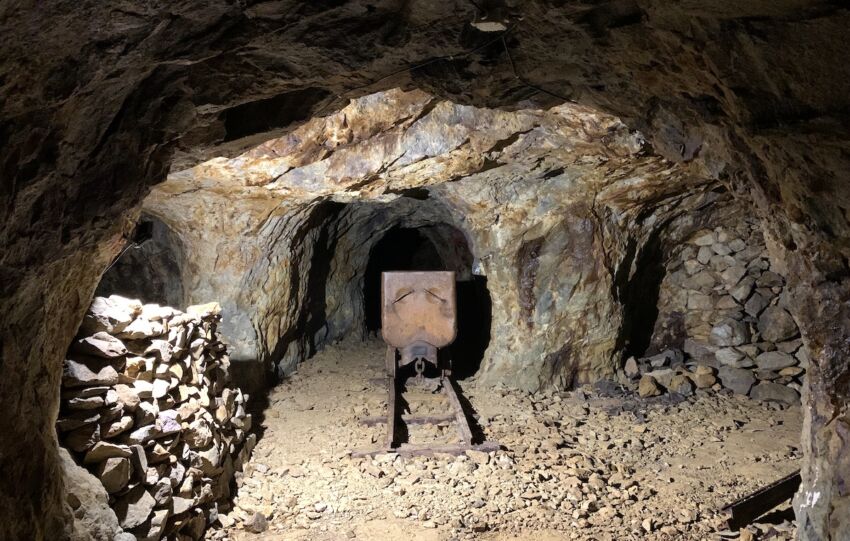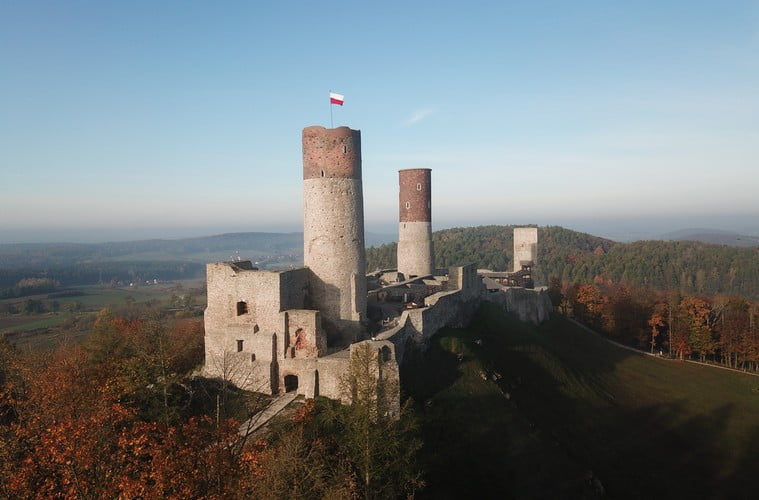Share This Article
Everyone once wanted to see the desert. It is true that you will not find camel caravans, oases or Bedouins here, but there is a lot of sand waiting for you. The Błędowska Desert is the largest desert in Poland.
Location of the desert
The Błędowska Desert stretches from Dąbrowa Górnicza in the west to the Klucze commune in the east (Lesser Poland and Silesia). It is 10 kilometers long and 4 kilometers wide.
There are several places where you can watch the desert. We decided on the “Rose of the Winds”. You can also choose the Czubatka hill in Klucze or the Dąbrówka mountain in Chechle. The first point is located at an altitude of 382 m above sea level, and the second one at 355 m above sea level.
The desert is divided into two parts divided by the Biała Przemsza River. The entire area covers 33 square kilometers, but only 1/3 is the so-called fly sands.

Availability
As I wrote to you in the localization section, you can reach the Błędowska Desert from different sides. Some of the points are typical viewpoints, and others are the entrances to the desert area, where we can walk on the sand among the original vegetation (among the rare ones it is worth mentioning the stemless plant, broad-leaved helleborine or Polish mugwort).
The thickness of the sand layer is about 20 meters, so even if you get a little bit in your shoe, nothing will happen to the desert! :)
In the desert, it is strictly forbidden to drive motor vehicles such as off-road vehicles, motorbikes or quads. Unfortunately, during our visit, one motor was just coming out of the sand.
If you fly drones, remember (the Drone Radar App will confirm this to you) that the Błędowska Desert is located in the no-fly zone (DRA-R D). With an active zone, flights are not possible without permission.
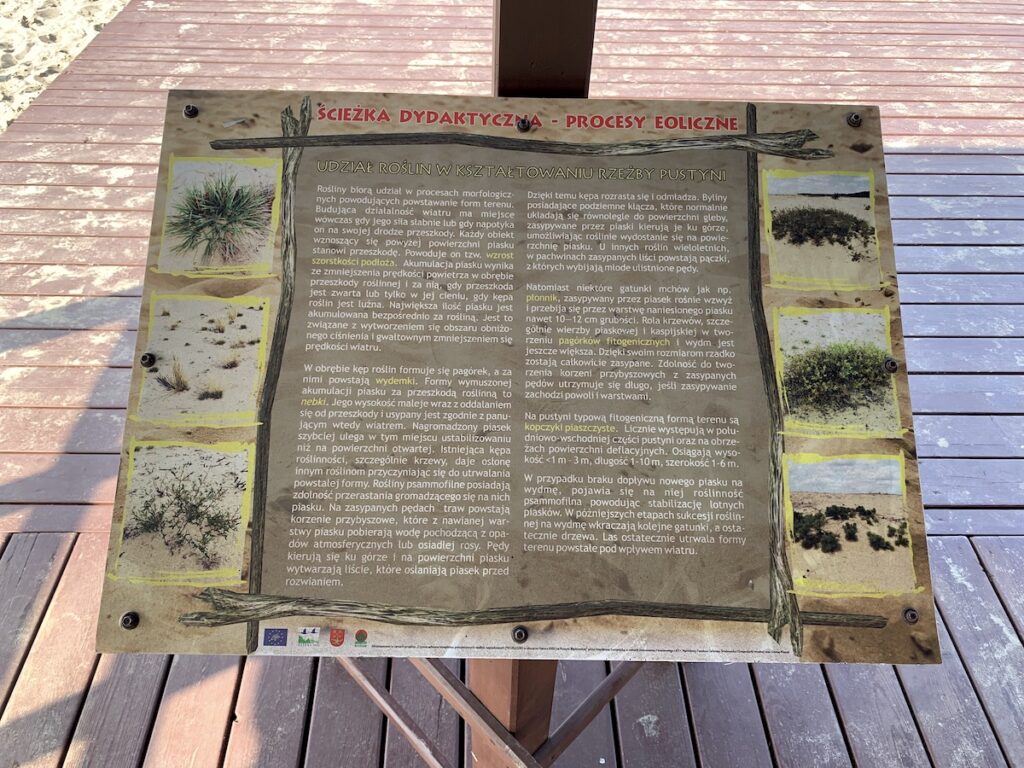
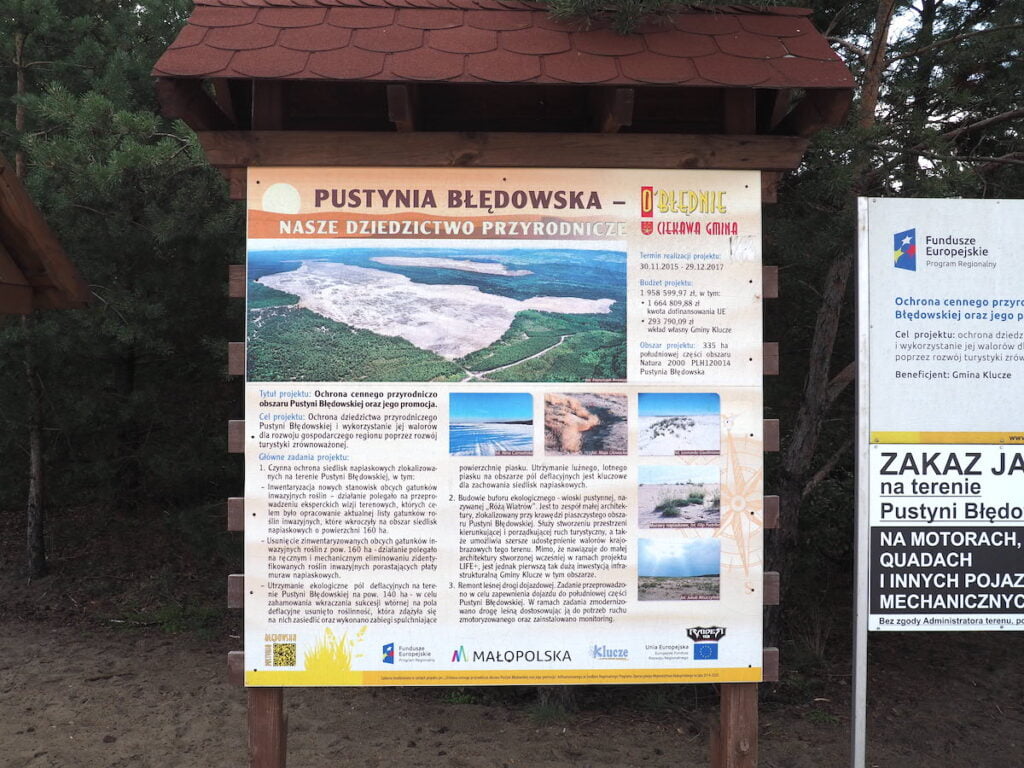
How was the Błędowska Desert created?
According to legend, this sand spilled out of the devil’s sack that carried him from the Baltic Sea to fill the Olkusz mines. Apparently the devils didn’t like people taking their silver and decided to stop it. On the way, however, he hit the church tower in the Klucze and the sand spilled out of the bag.
Speaking of the true history of the Błędowska Desert, we must go back to the Ice Age. Due to glaciation, sand and gravel appeared in the area of today’s desert. After this period, the area was covered with forest. This situation continued for a very long time, until in the 13th century a man appeared who needed wood for the nearby silver mines. Mining in the area also caused the groundwater level to drop. This is how today’s desert was created.
In the 20th century, the desert began to write a new page in its history as a military training ground. Before World War II, it was used by Corps No. 5 from Krakow, and during the war it was adapted to their needs by German airmen from the Udetfeld base.
After the war, the desert was planted with willows and pines. As a result, most of it disappeared from the Earth. It was not until the 21st century that work was undertaken to restore the desert to its appearance.
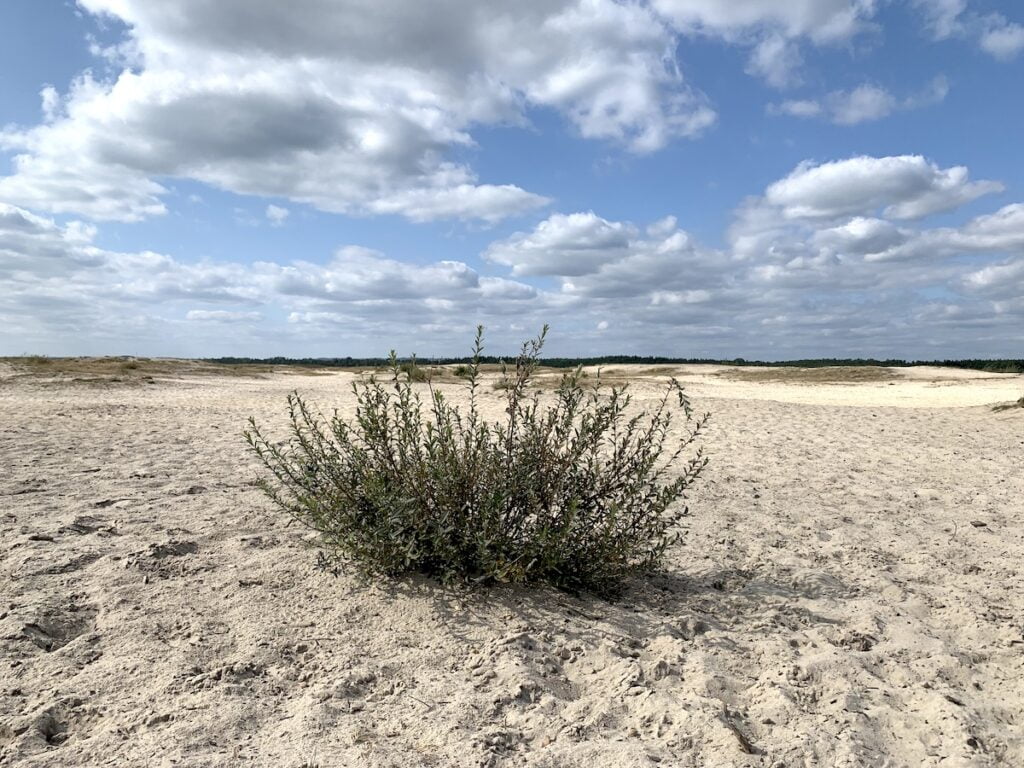
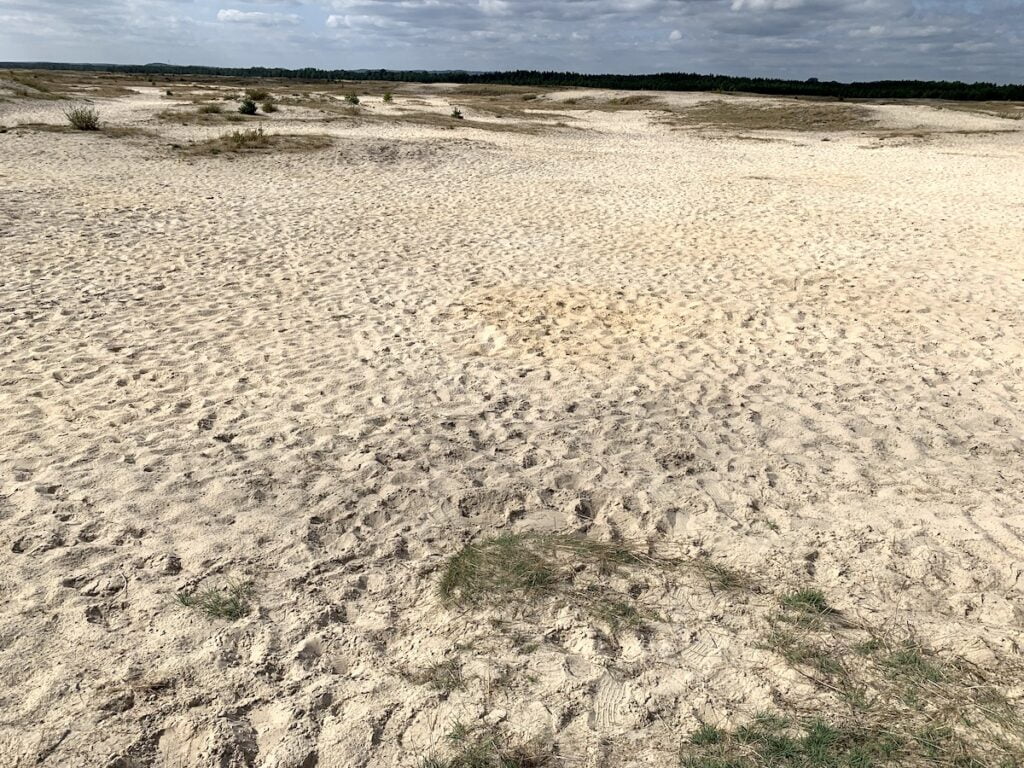
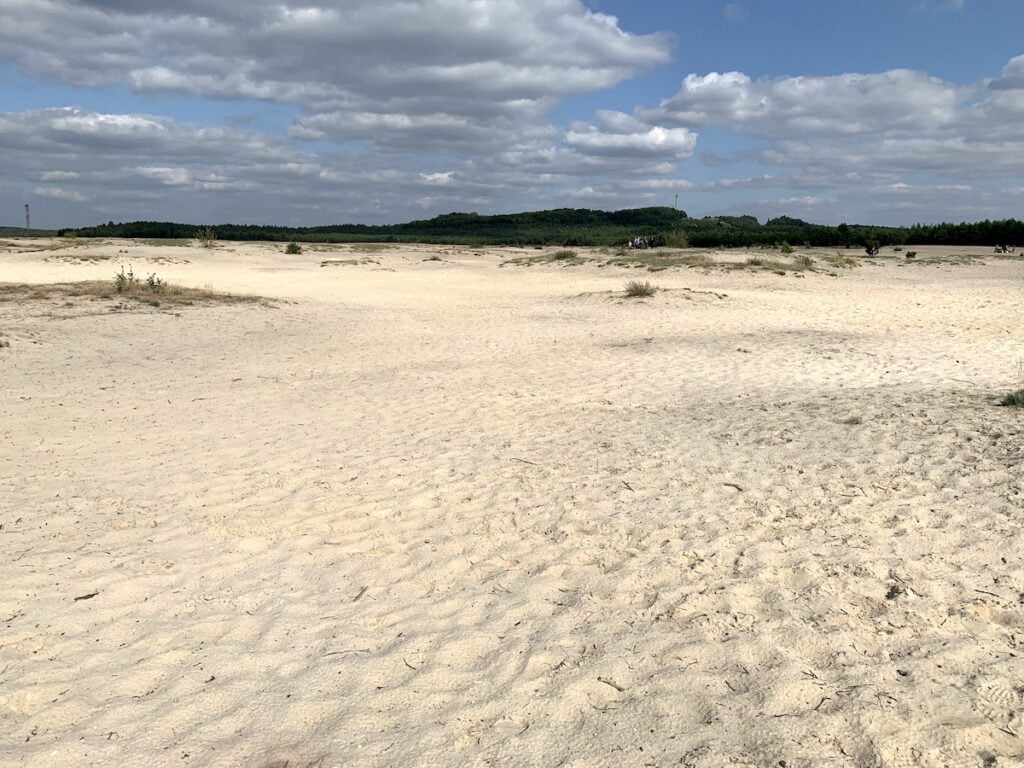
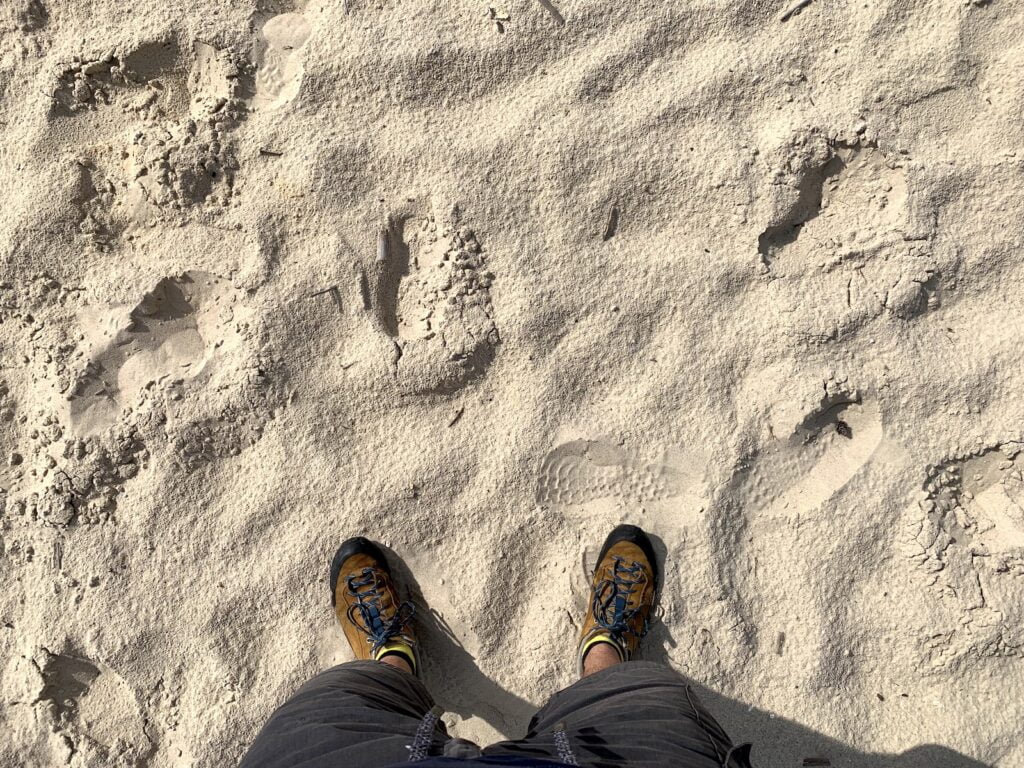
Worth a visit?
Despite the fact that the Błędowska Desert is not a desert that you can see on other continents, it is an interesting and noteworthy place! It is the largest area of sand in Poland, and according to some, also in Europe.
We spent a nice time walking in the desert, but also resting on a blanket. This place is perfect for children – you won’t find a bigger sandbox in Poland! :)
What’s in the neighborhood?
The vicinity of the Błędowska Desert is rich in tourist attractions. Fans of castles and nature will be the best choice. At your fingertips you have the castles of the Trail of the Eagles’ Nests. While in the desert, it is worth visiting the nearby Rabsztyn.
A few more photos!
